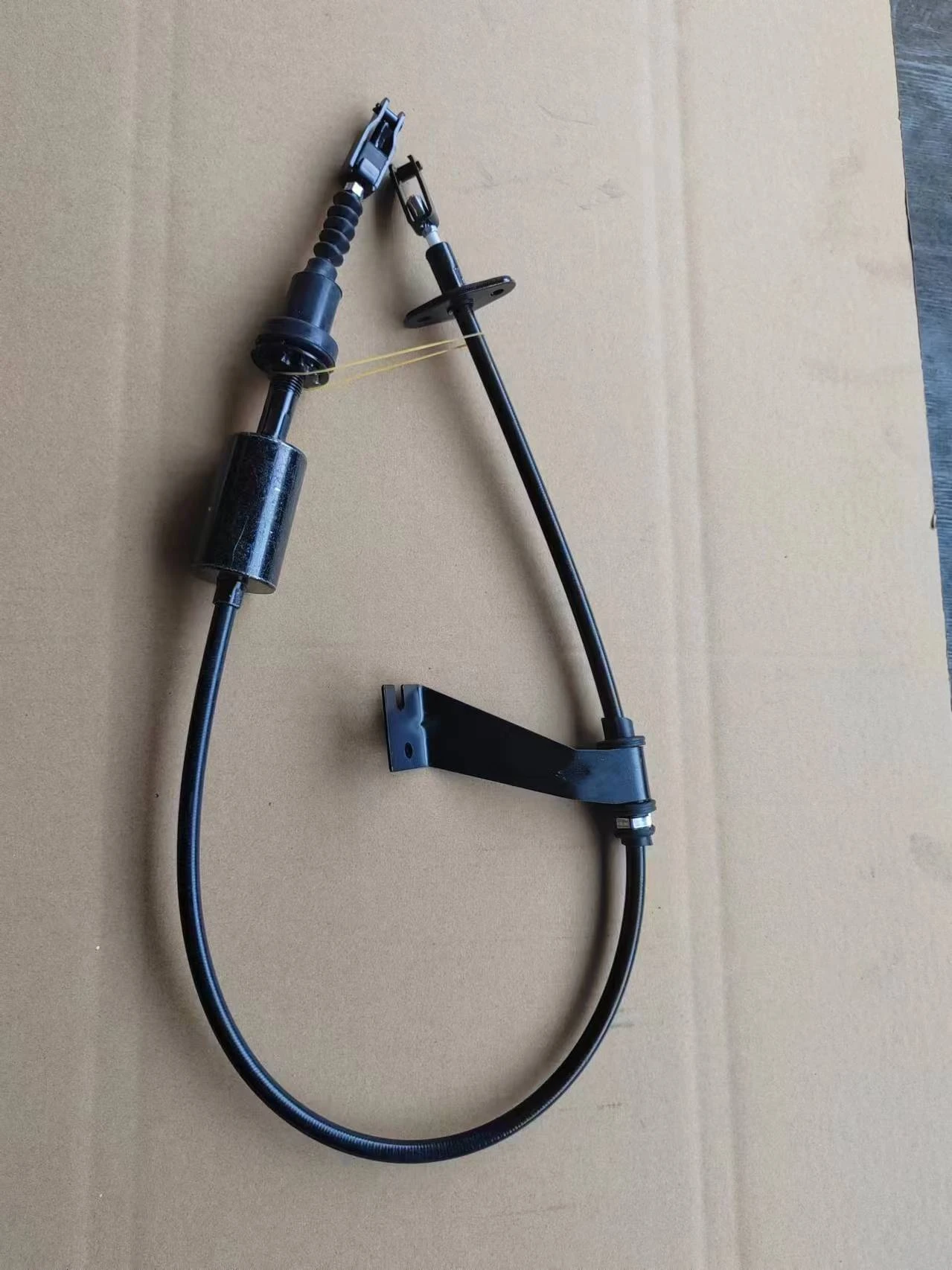gear link cable
The Essential Role of Gear Link Cables in Automotive Engineering
In the intricate world of automotive engineering, every component plays a crucial role in ensuring the smooth operation of a vehicle. One such critical element, often overlooked by the average driver, is the gear link cable. This seemingly simple component has a significant impact on the performance and reliability of a vehicle's transmission system.
A gear link cable is essentially a mechanical cable that transmits the driver's input from the gear shift lever to the transmission itself. This linkage is vital for enabling the driver to select different gears, whether in manual or automatic vehicles. Understanding how these cables function can help in appreciating the engineering that goes into modern automobiles.
The primary function of the gear link cable is to convert the linear motion of the gear lever into the rotational motion required to engage the appropriate gear in the transmission. When a driver shifts gears, the movement is transmitted through the cable, actuating the mechanism inside the transmission. This process is crucial not only for changing gears but also for ensuring that the transmission engages smoothly, providing the necessary power to the wheels.
Gear link cables come in two main types push-pull cables and pull-only cables. Push-pull cables can transmit force in both directions, making them highly versatile and commonly used in various applications. Pull-only cables, on the other hand, are designed for specific applications where the cable only needs to transmit force in one direction. The choice between these two types often depends on factors such as the vehicle's design, intended usage, and the complexity of the transmission system.
gear link cable

The material used in the construction of gear link cables is also vital for their performance and longevity
. Typically, these cables are made from high-strength steel or other durable materials coated for protection against environmental factors such as moisture, dirt, and extreme temperatures. The outer casing is usually made of flexible plastic or another resilient material that protects the inner cable from damage while allowing for the necessary movement.Over time, gear link cables can suffer from wear and tear, leading to a range of issues that can affect the driving experience. Symptoms of a failing gear link cable may include difficulty in shifting gears, excessive play in the gear lever, or grinding noises when changing gears. If these issues arise, it is crucial to have the cable inspected and replaced if necessary, as continued use can lead to more severe transmission damage.
Regular maintenance of the gear link cable is essential for ensuring reliable performance. This includes periodic inspections and lubrication of the cable to prevent rust and corrosion. It's a relatively simple task that can save drivers a great deal of trouble down the line. Moreover, education about this component can empower drivers to recognize the signs of wear early, allowing them to take preventive measures.
The evolution of gear link cables has also been influenced by advancements in automotive technology. With the proliferation of electronic shift systems in newer vehicles, traditional cable systems are being replaced or augmented by electronic sensors and actuators. These systems offer quicker and more precise gear shifts, enhancing the overall driving experience. However, despite these advancements, the fundamental principles behind gear link cables remain integral to understanding how vehicles function.
In conclusion, the gear link cable is a pivotal component in automotive design, influencing the performance and responsiveness of a vehicle's transmission system. While it may not be a part that garners much attention, its role is undeniable. As technology continues to evolve, the fundamental aspects of these cables remind us that even the simplest components can have a profound impact on the complex systems they are part of. Understanding this can foster a greater appreciation for the intricacies of automotive engineering, encouraging a more informed and engaged driving experience.
-
Workings of Clutch Pipe and Hose SystemsNewsJun.04,2025
-
The Inner Workings of Hand Brake Cable SystemsNewsJun.04,2025
-
The Secrets of Throttle and Accelerator CablesNewsJun.04,2025
-
The Hidden Lifeline of Your Transmission Gear Shift CablesNewsJun.04,2025
-
Demystifying Gear Cables and Shift LinkagesNewsJun.04,2025
-
Decoding Clutch Line Systems A Comprehensive GuideNewsJun.04,2025
